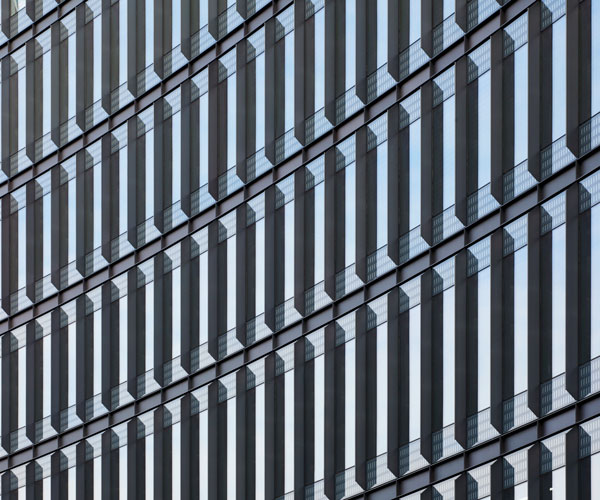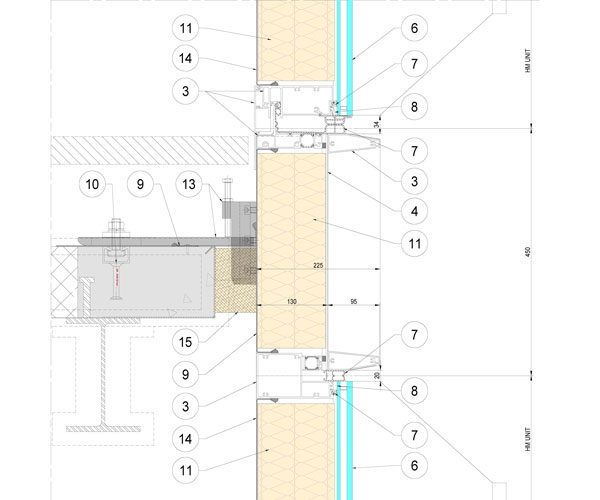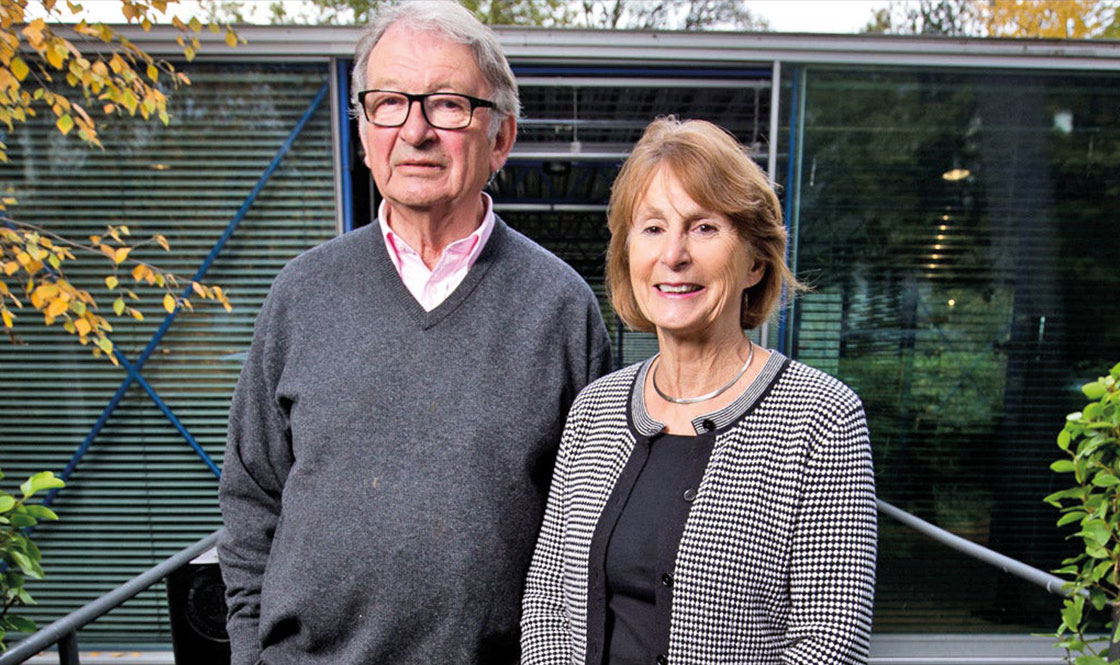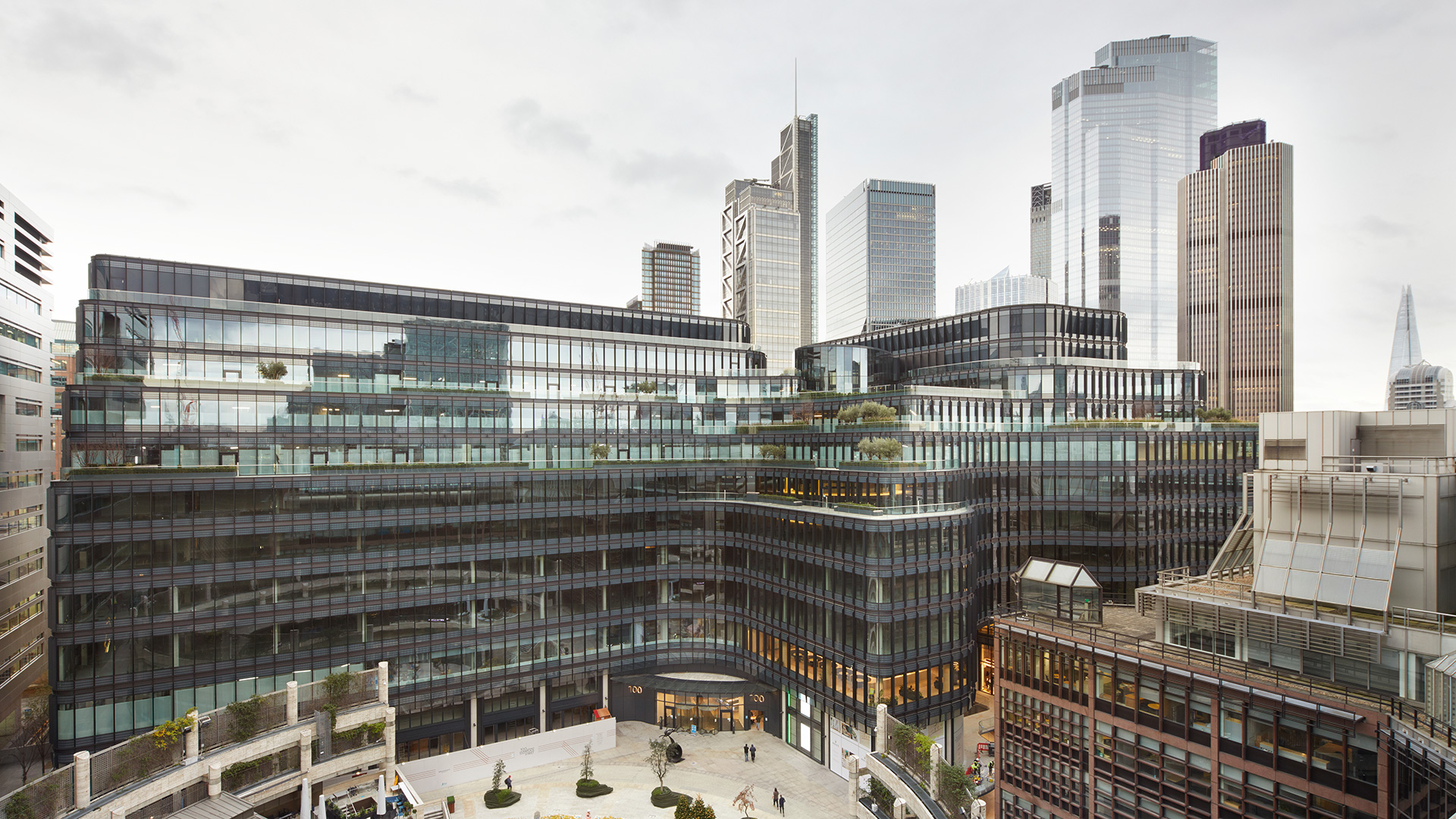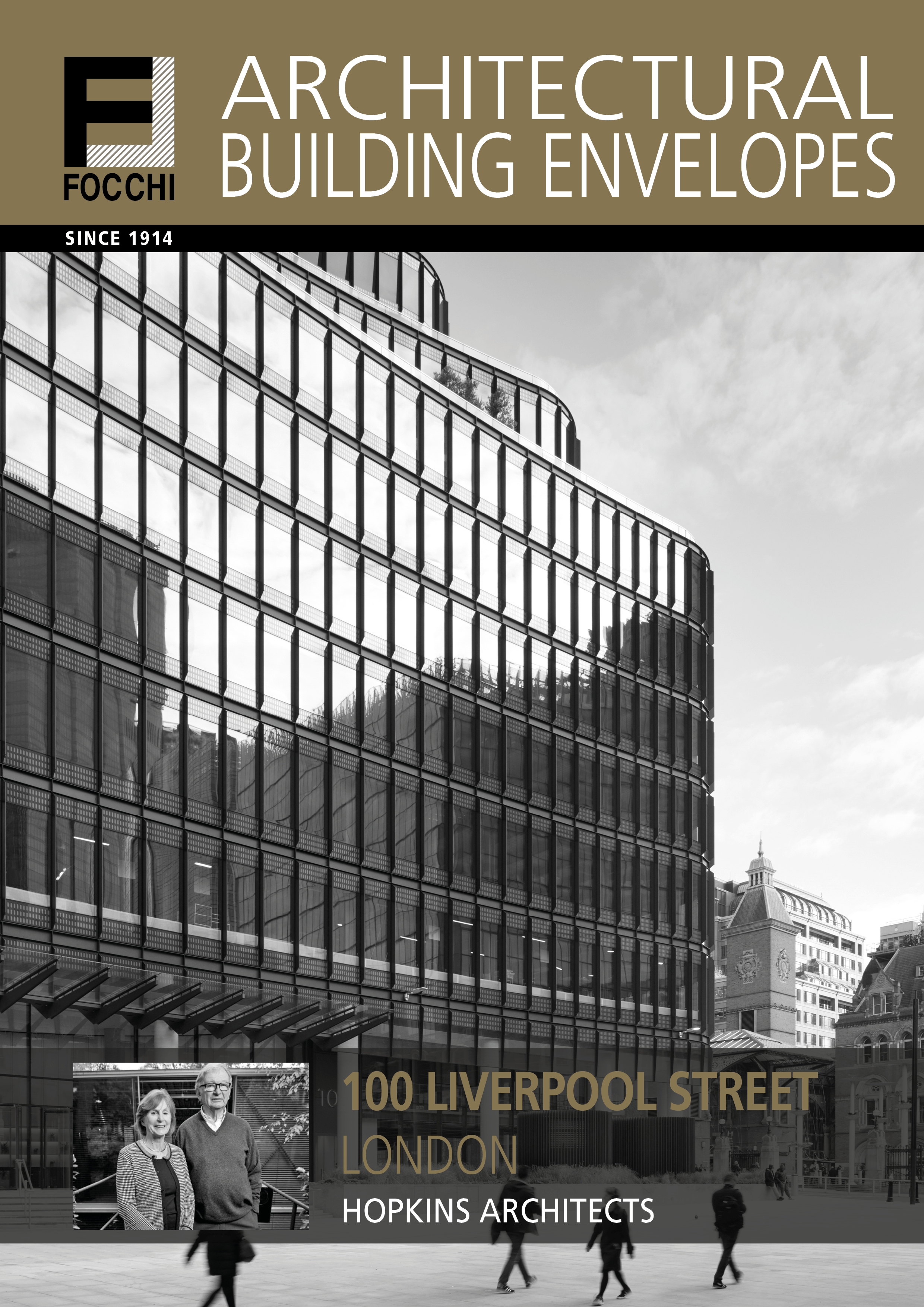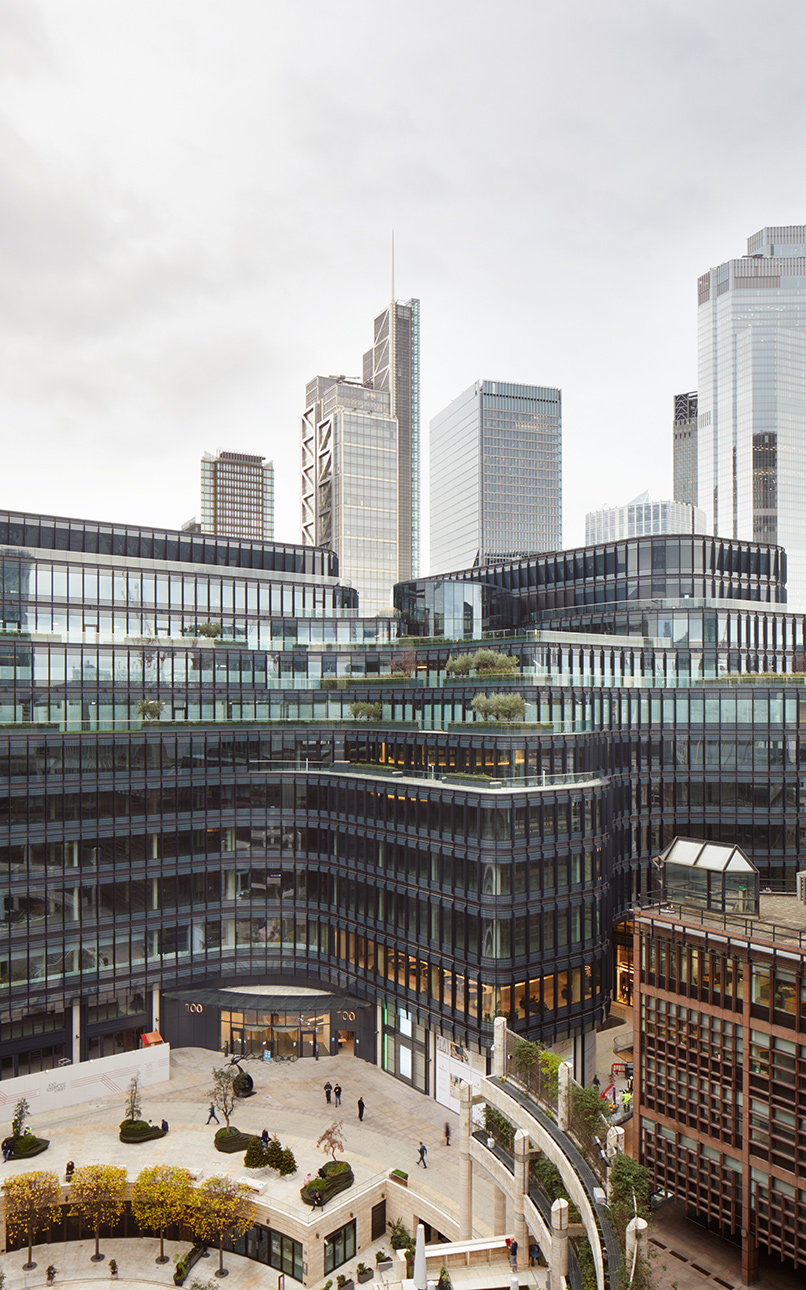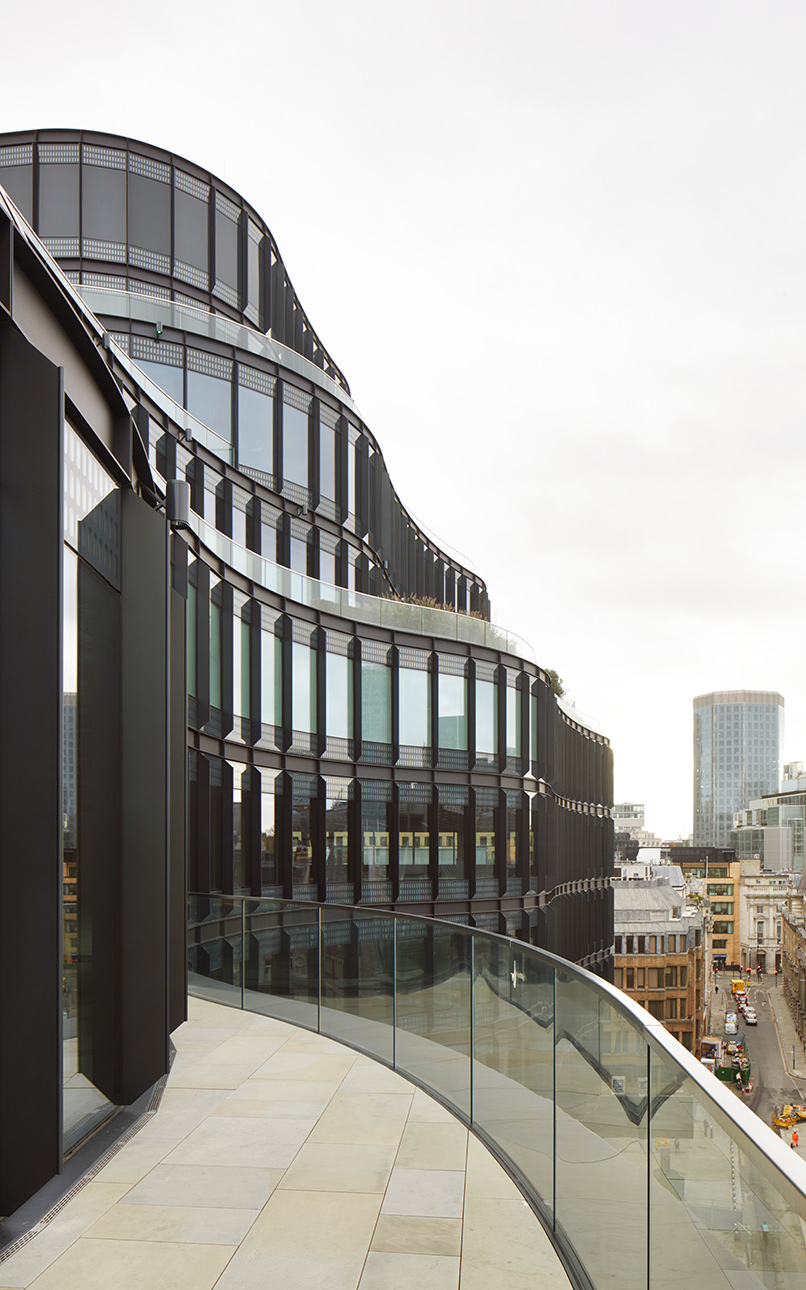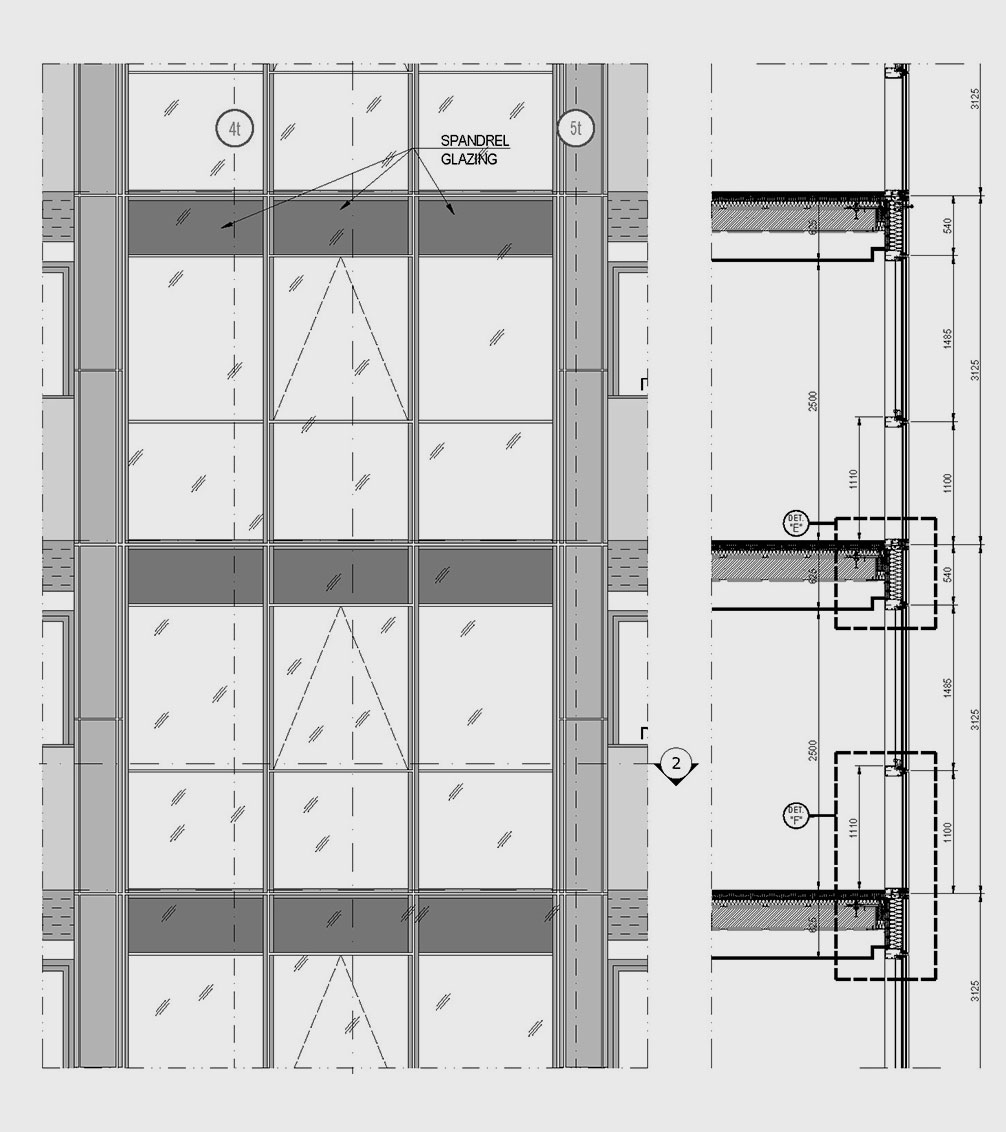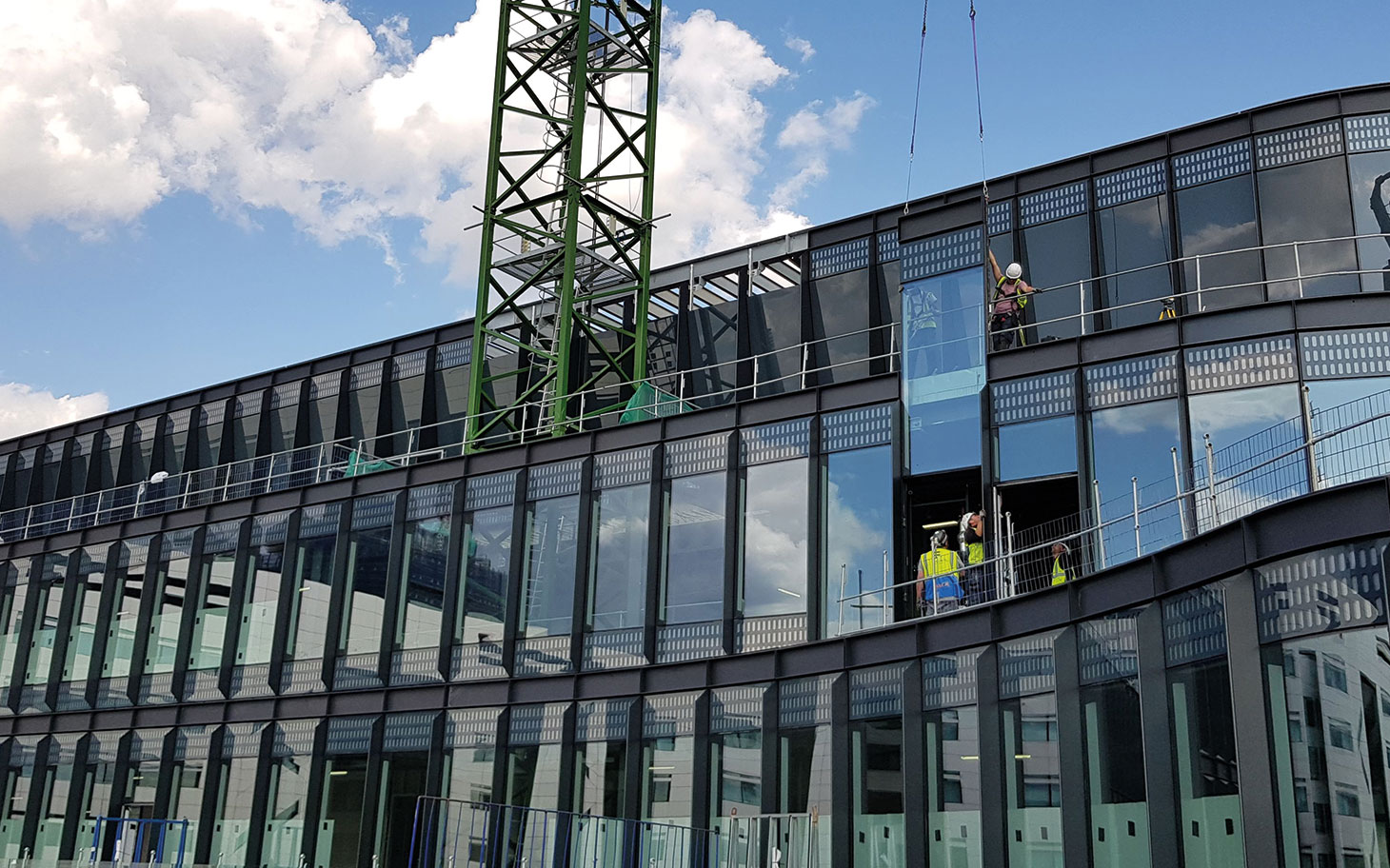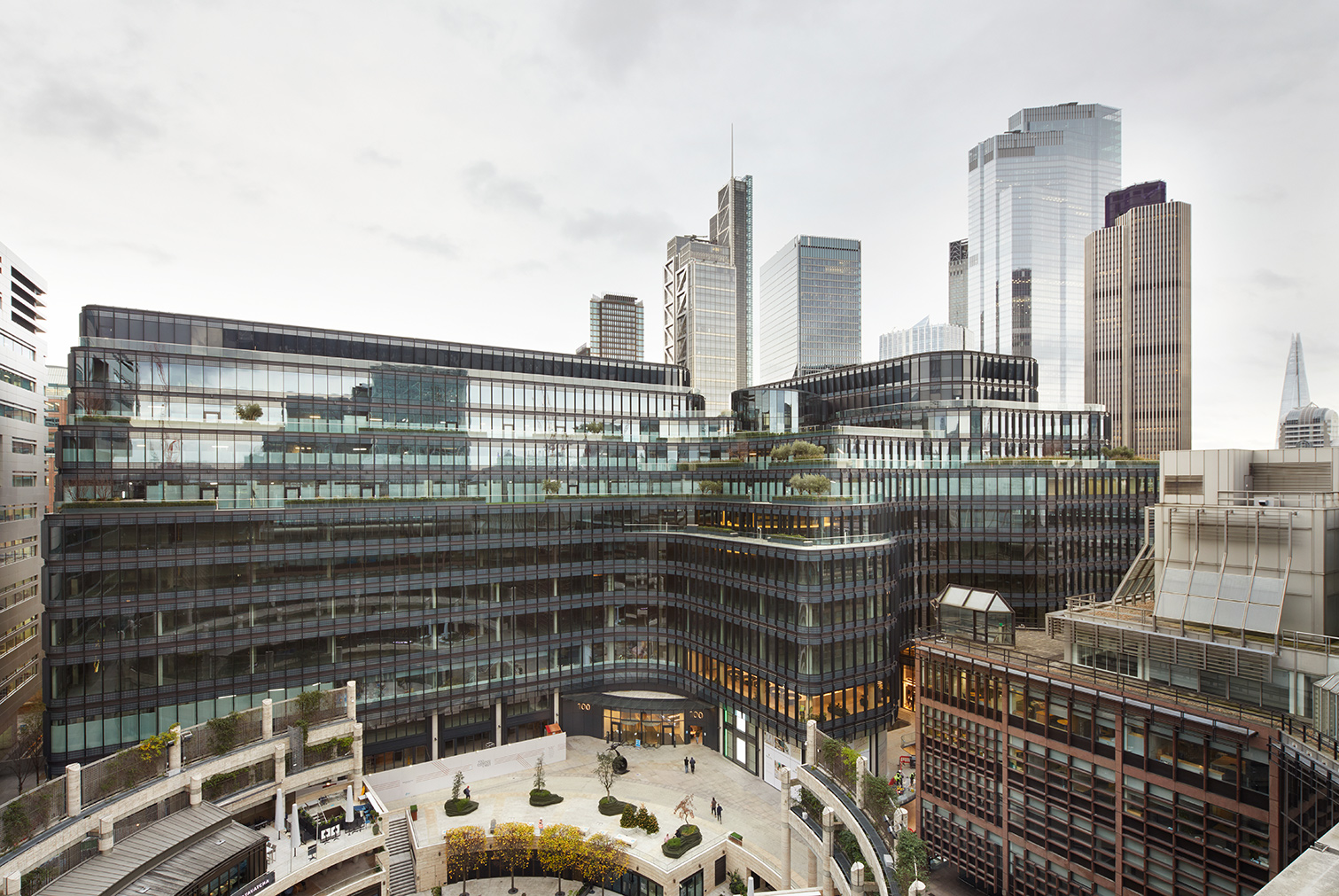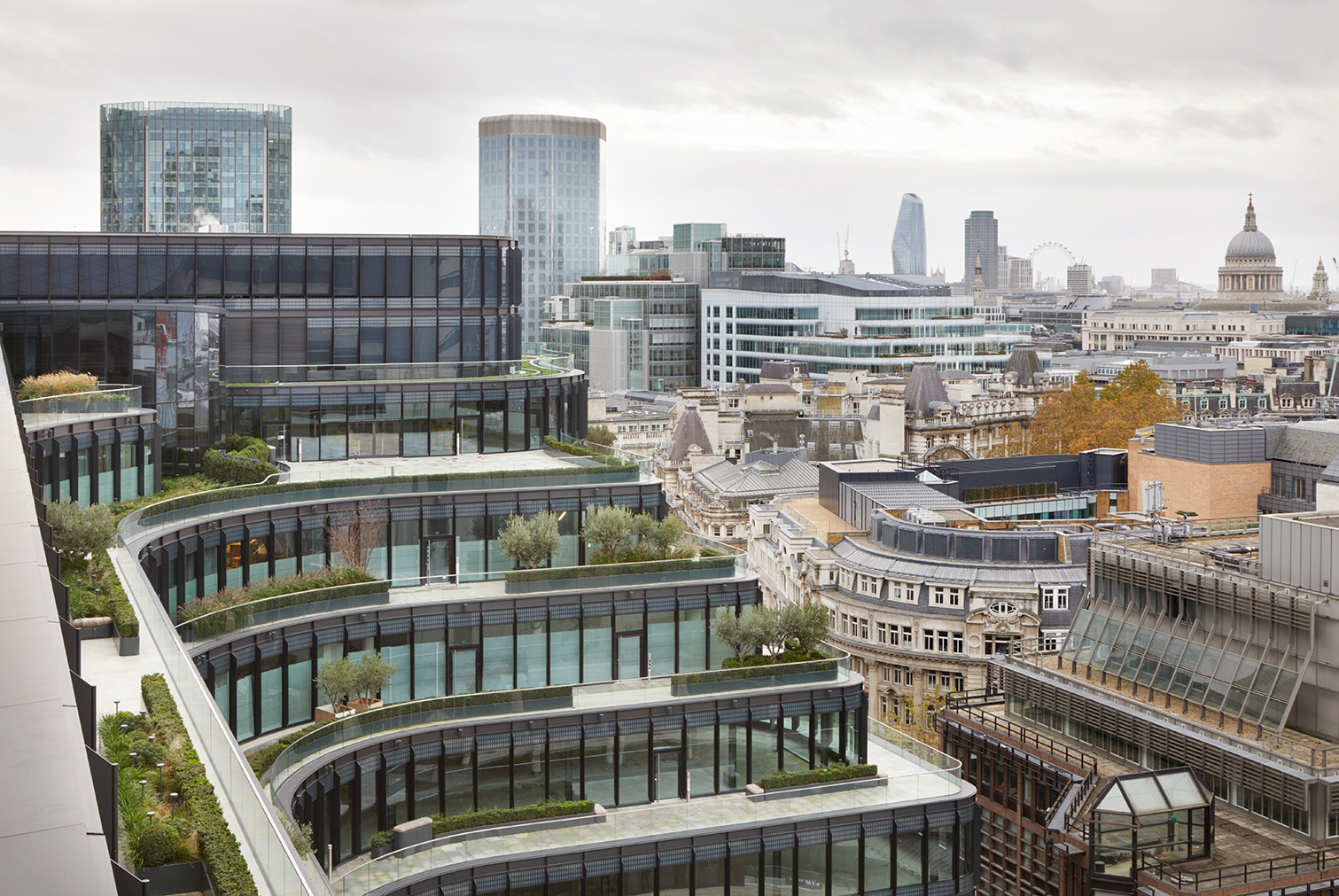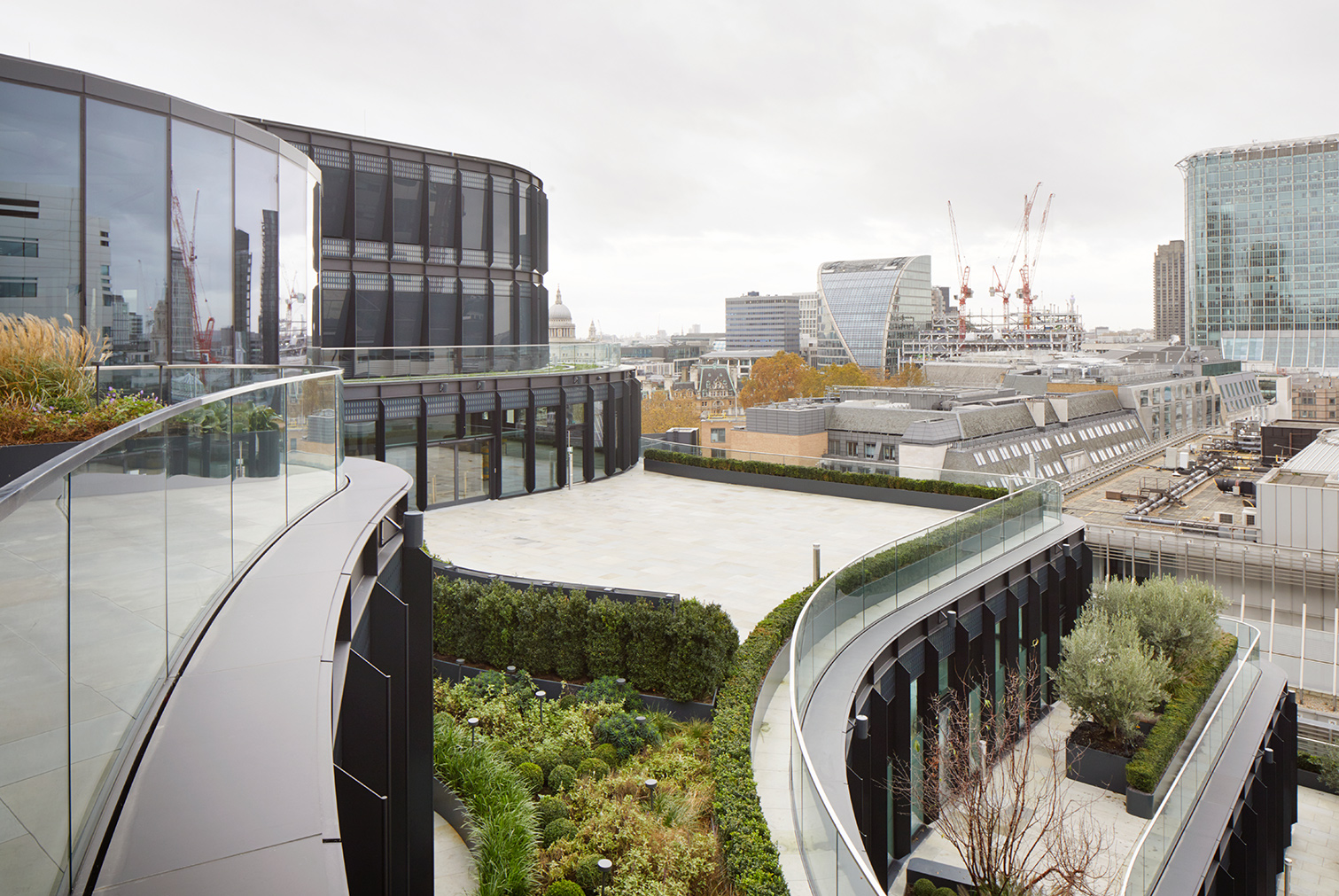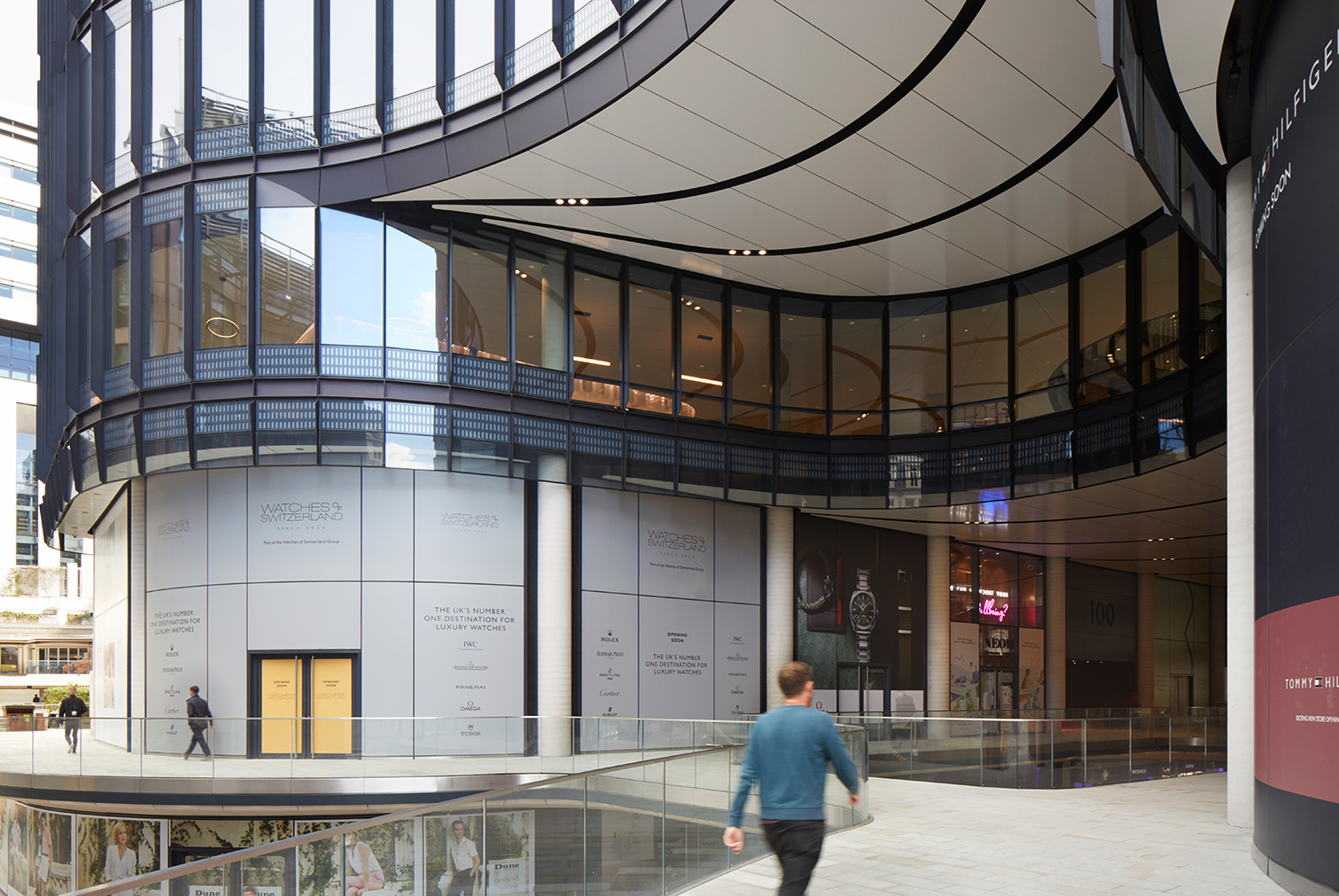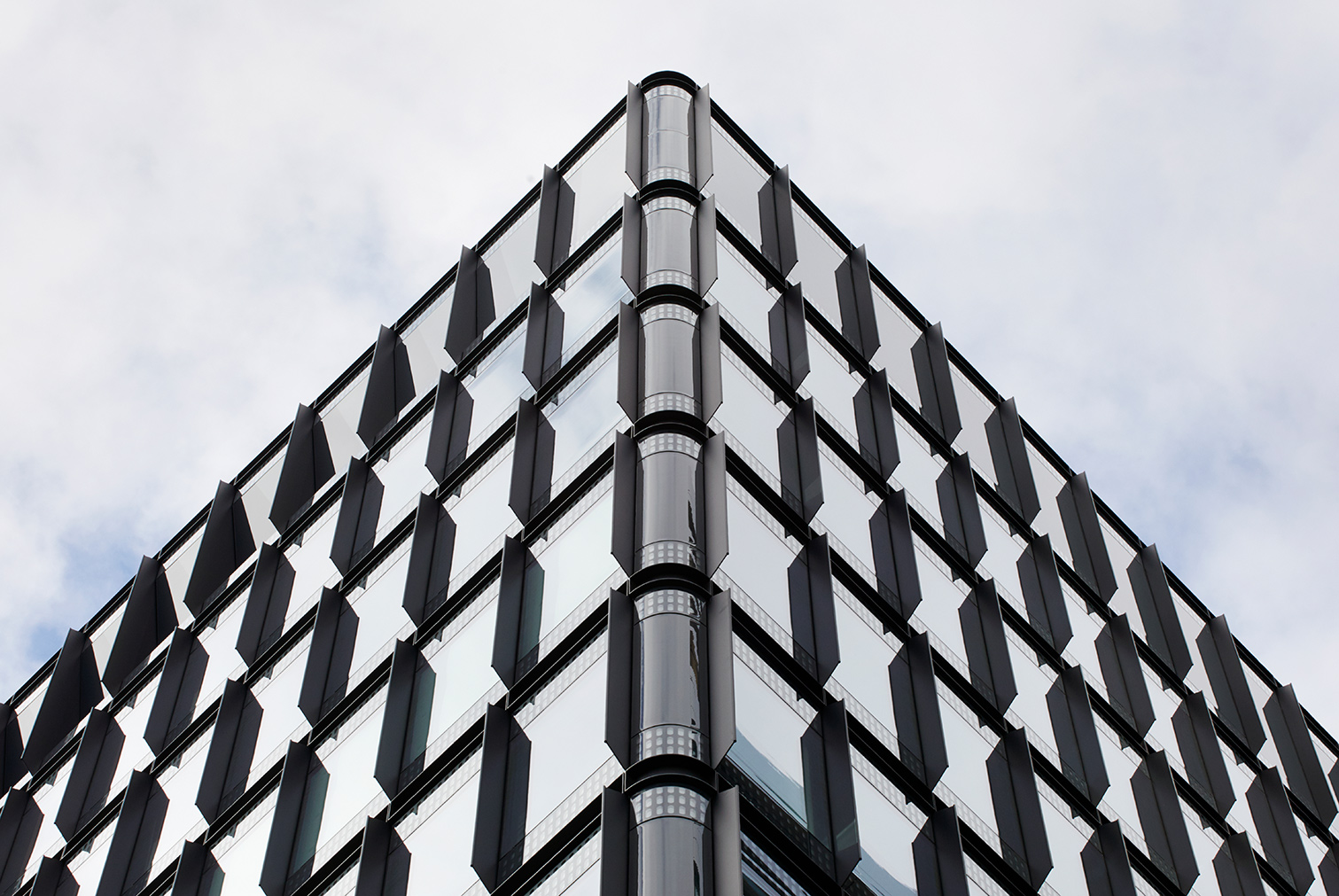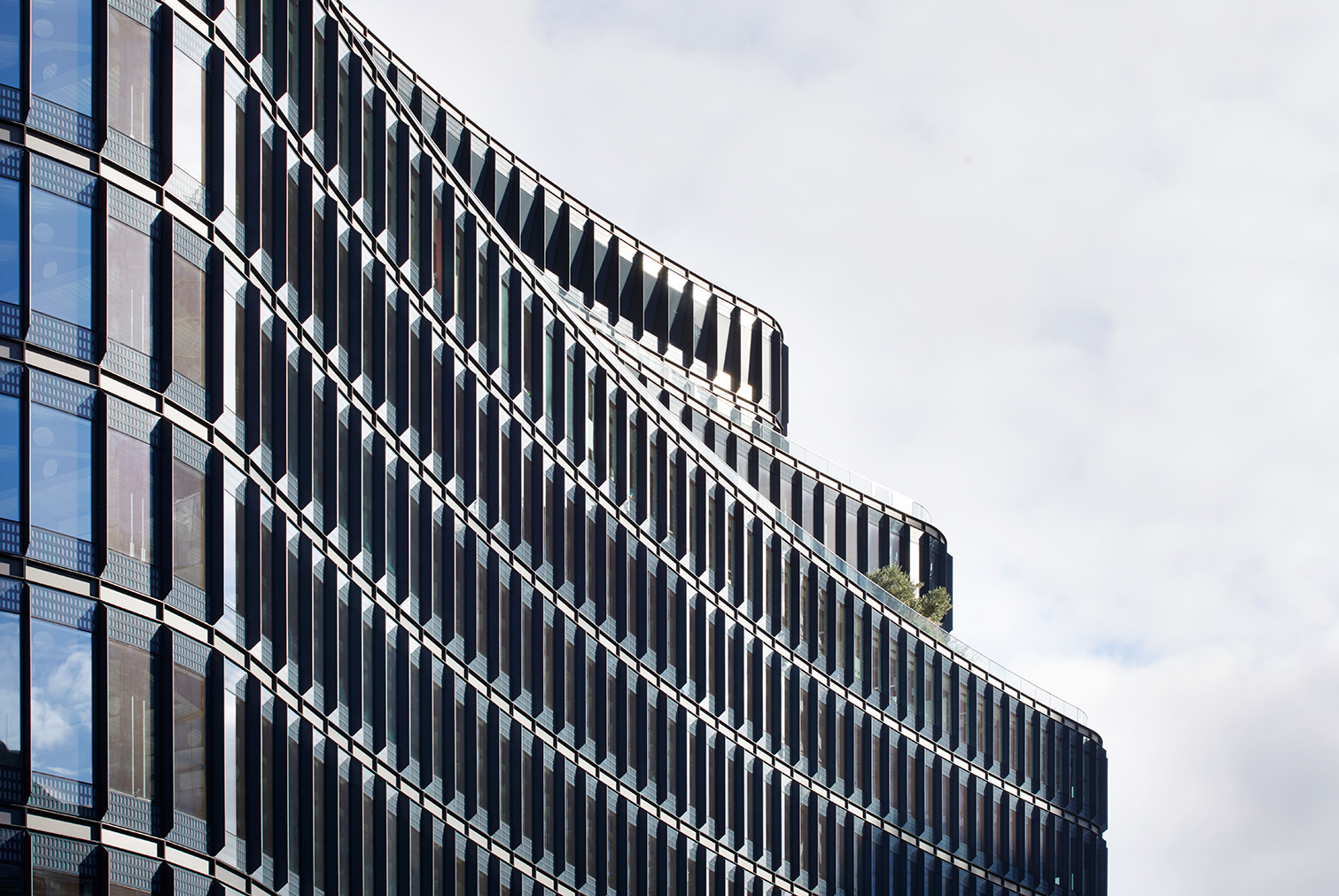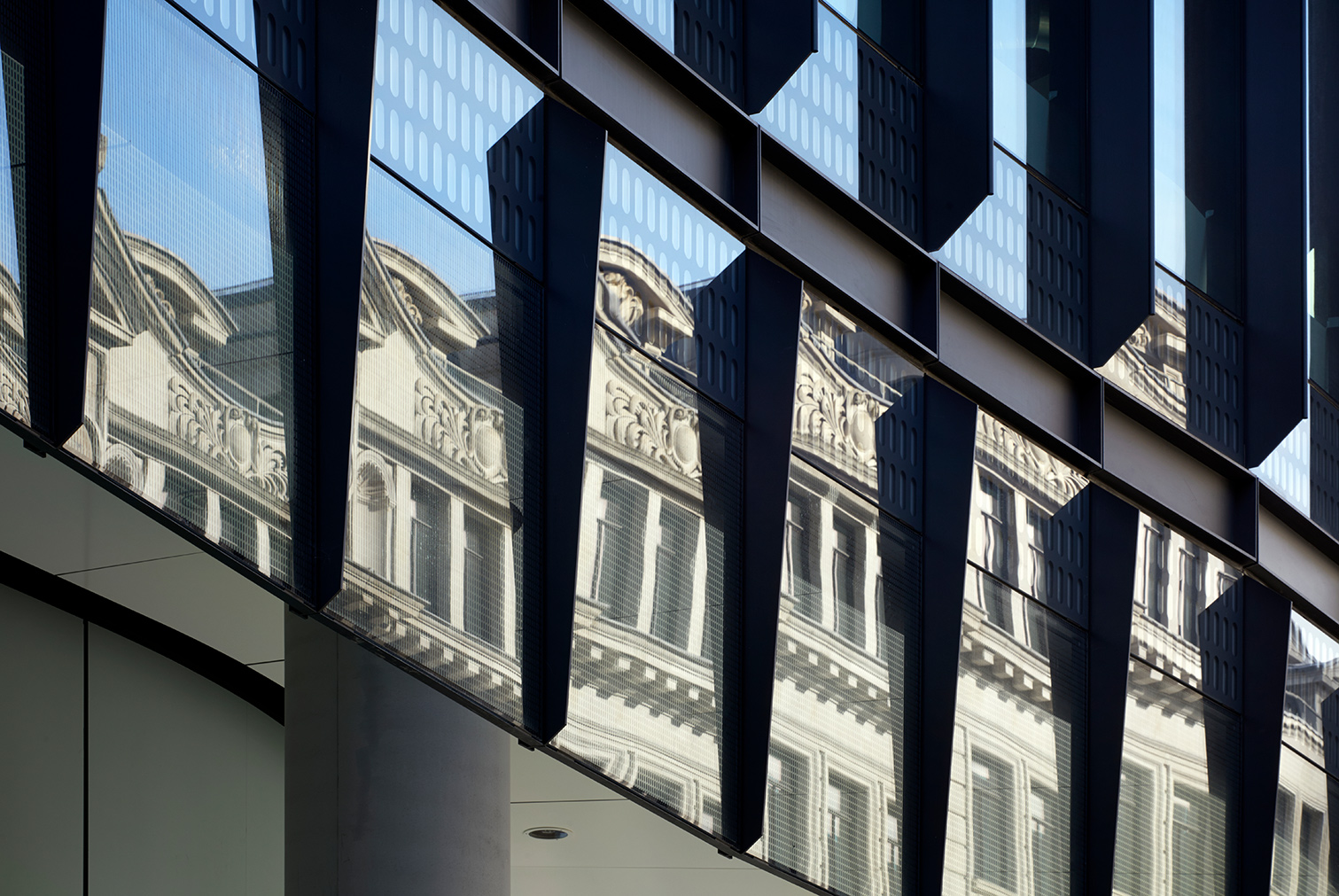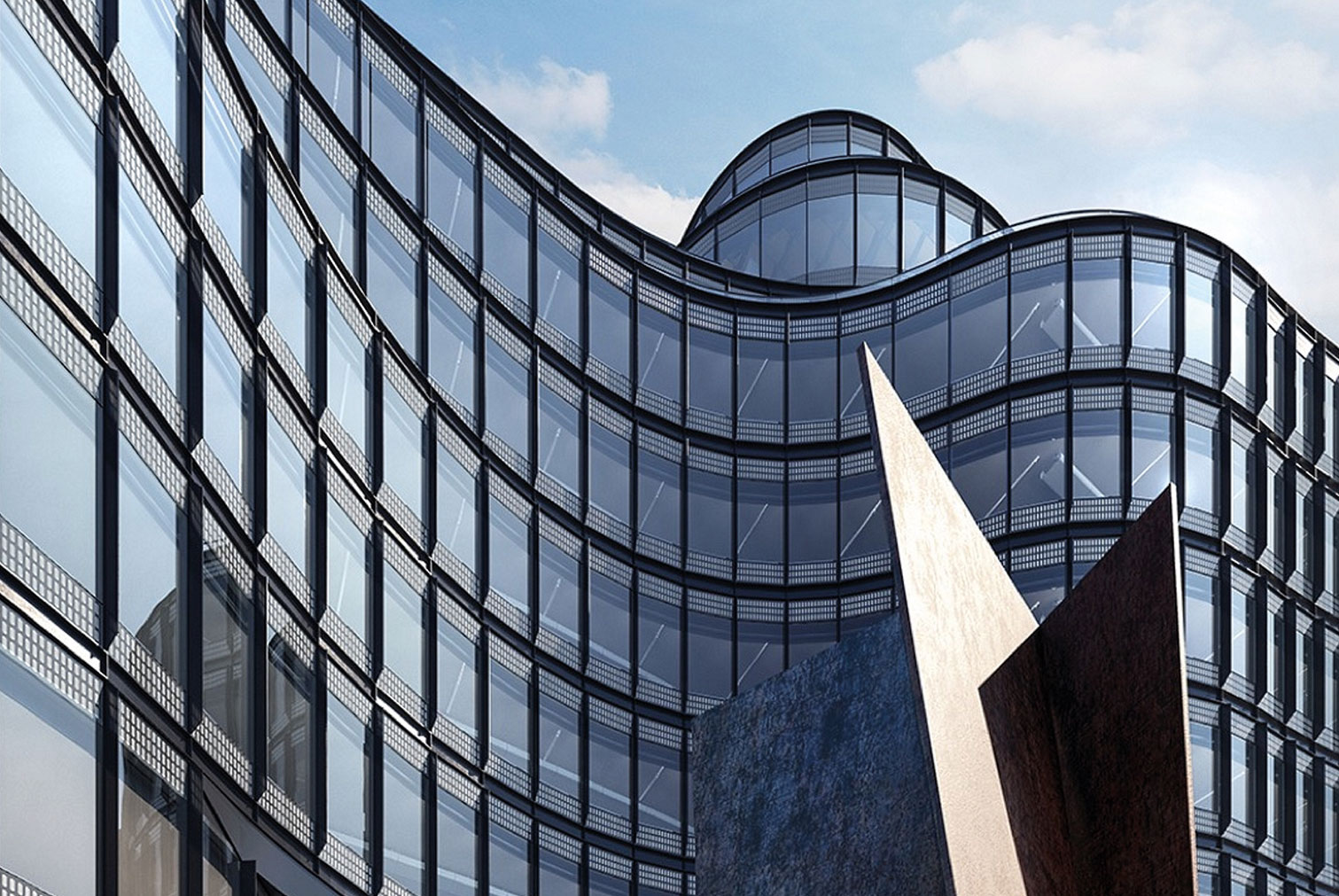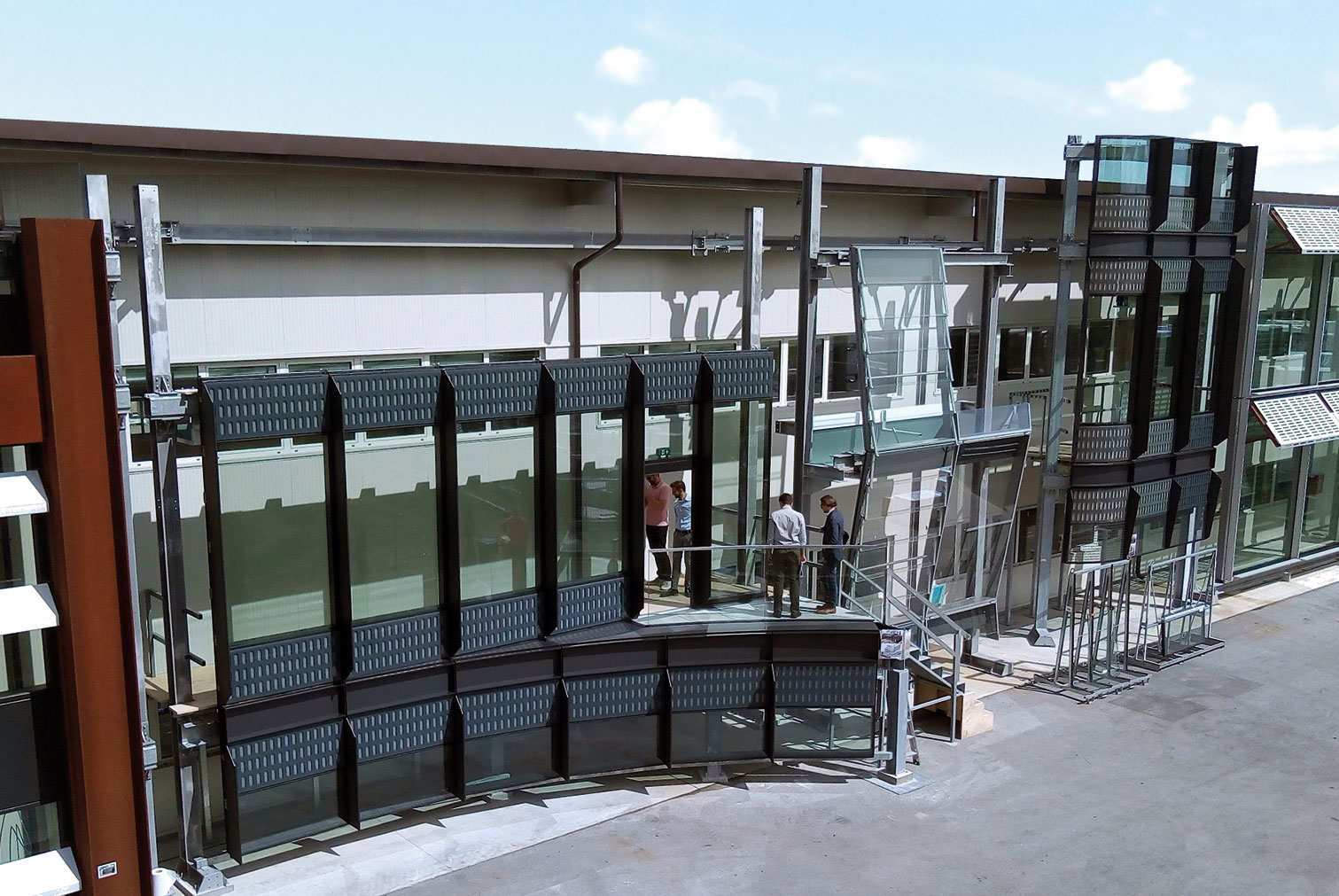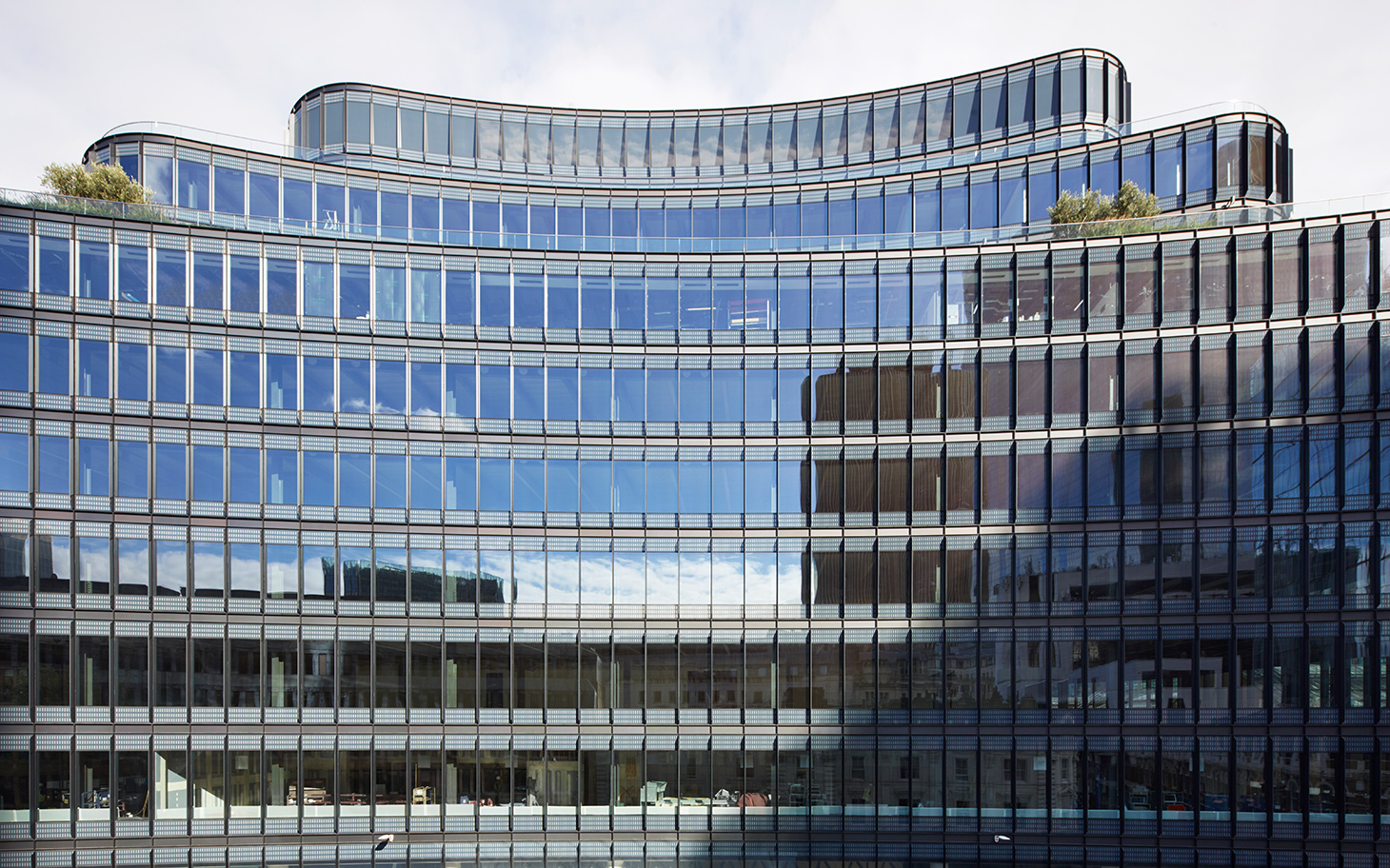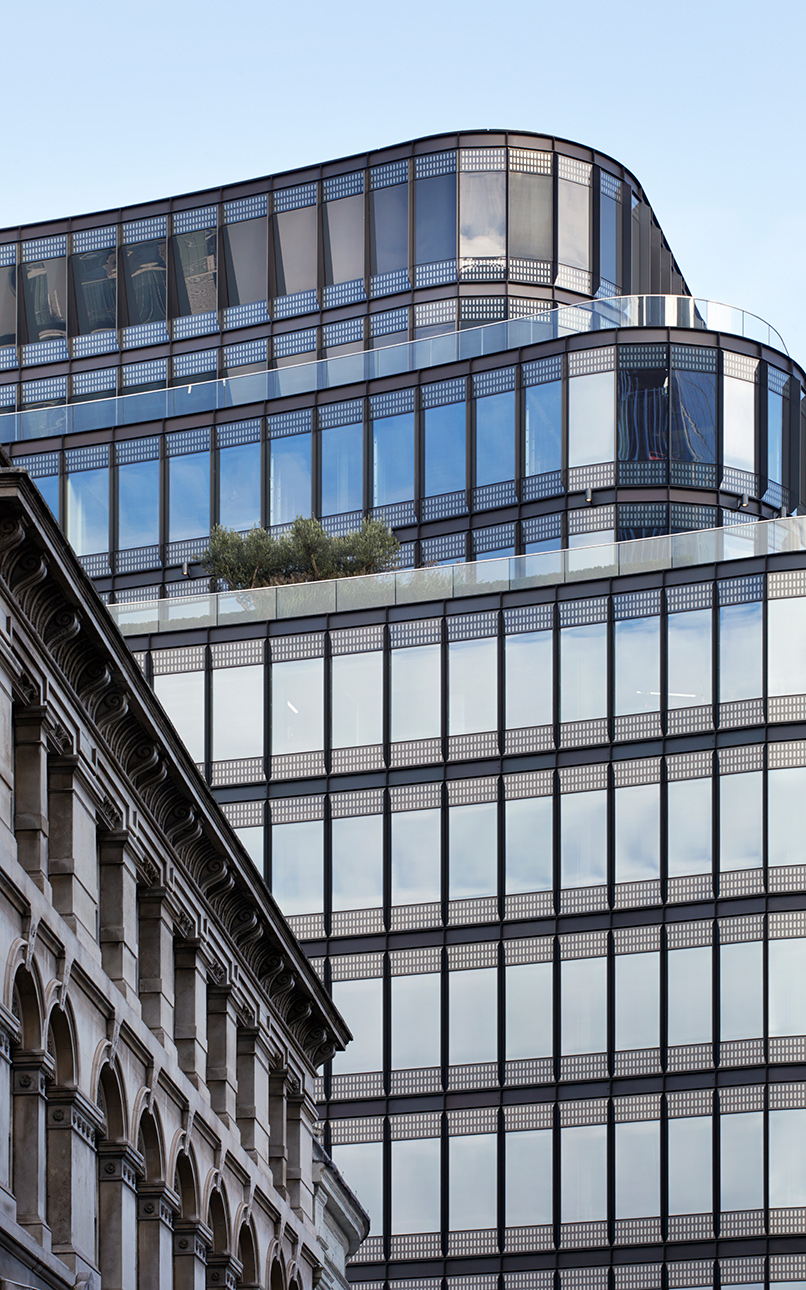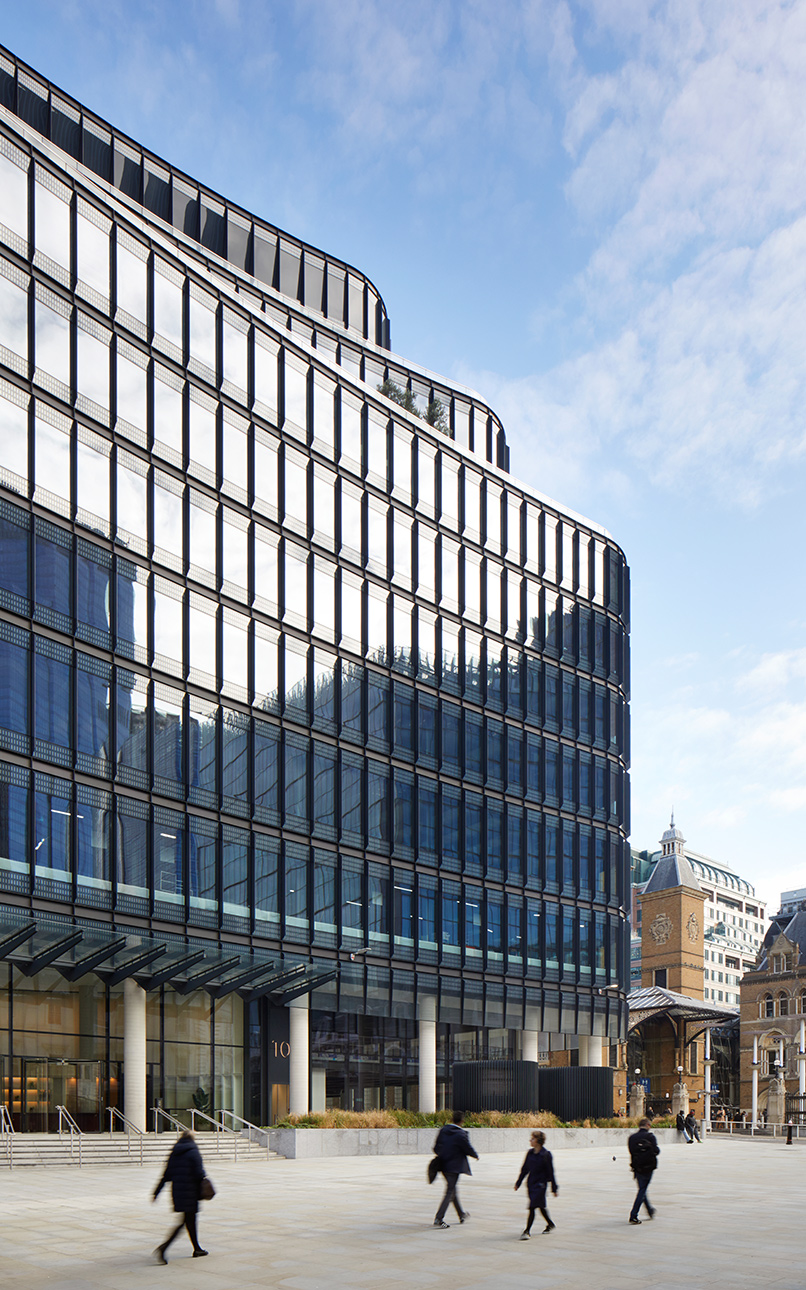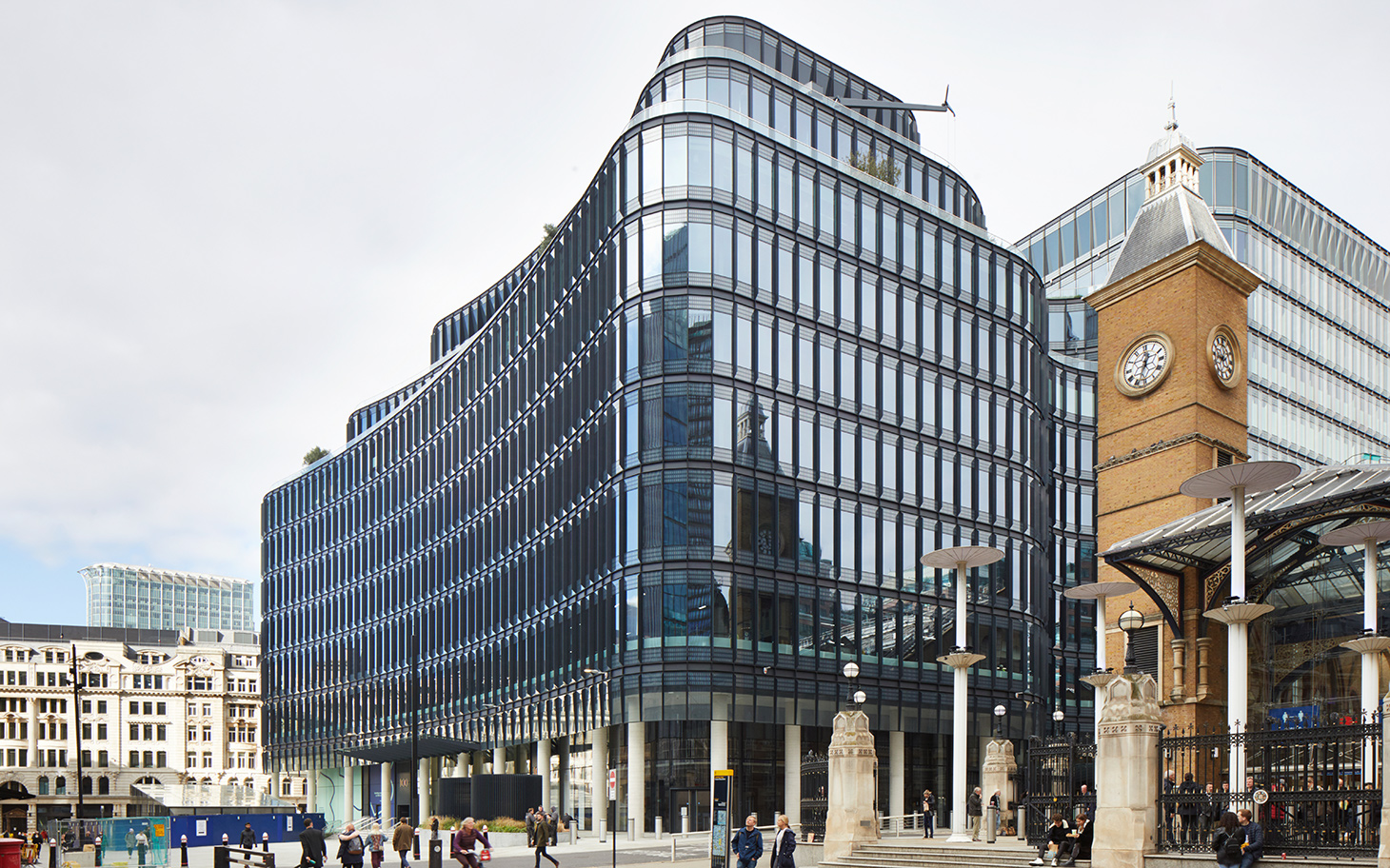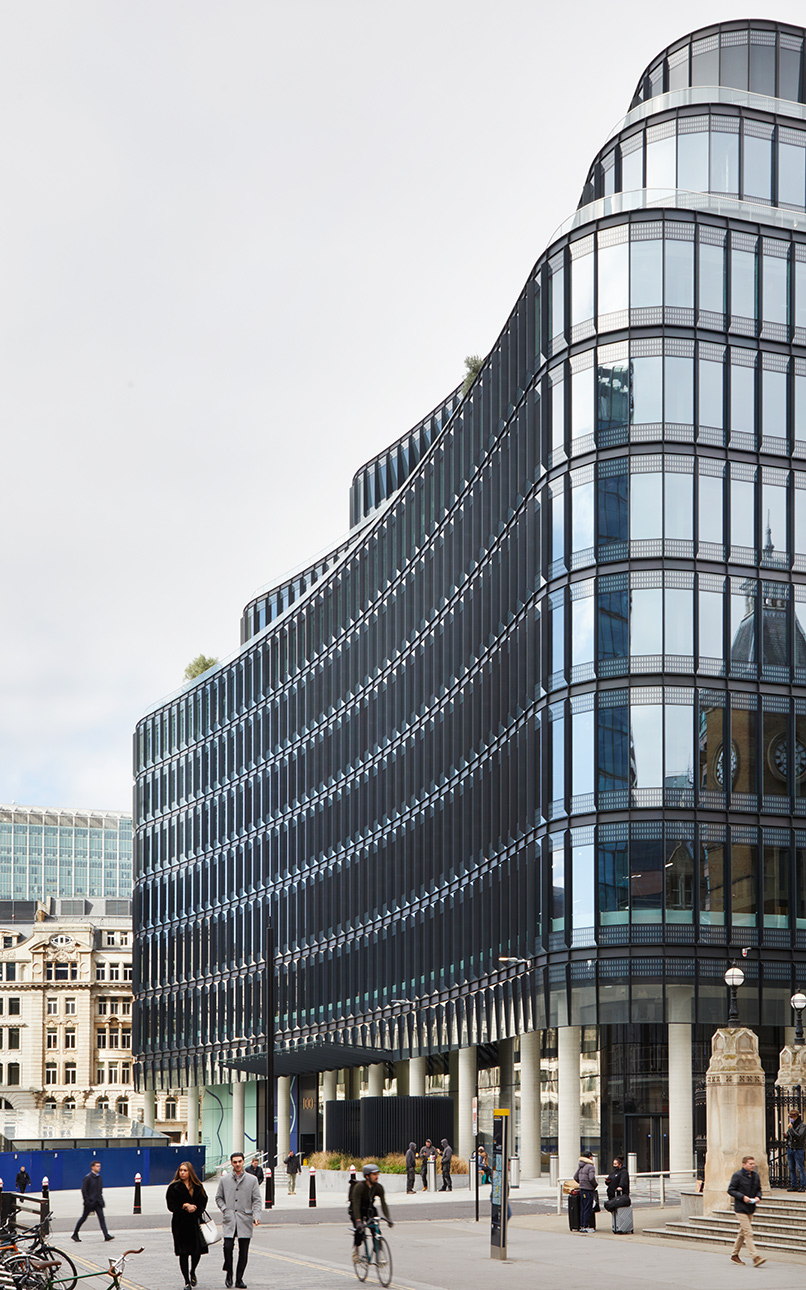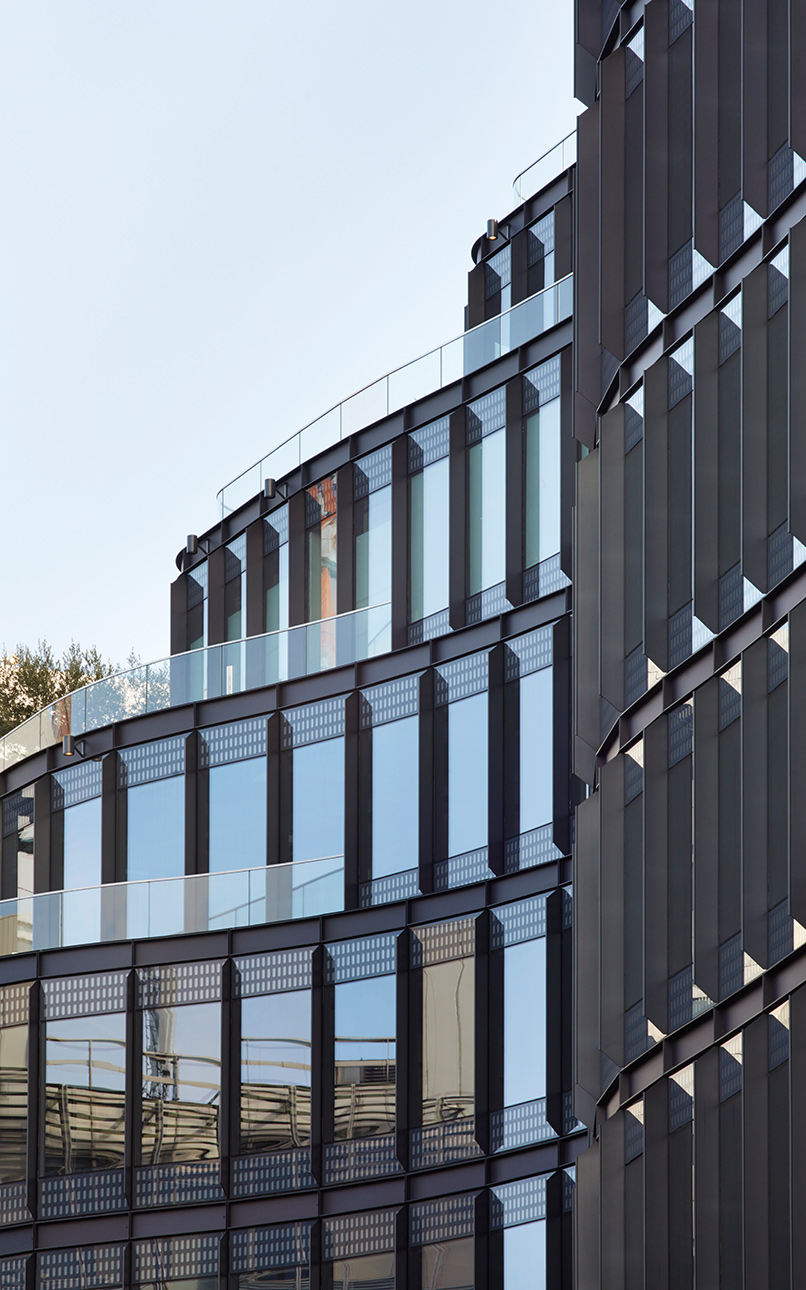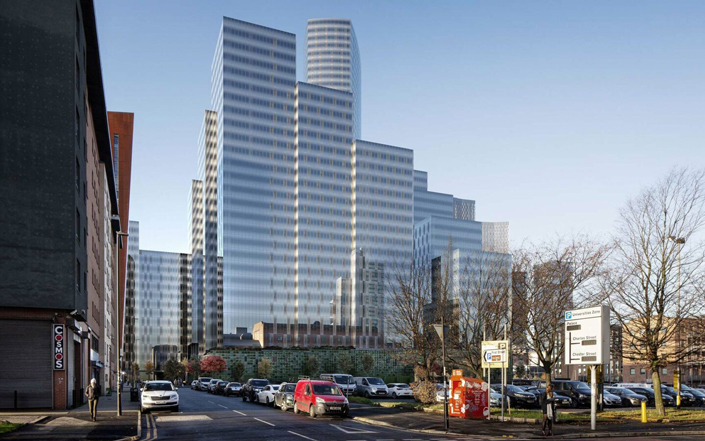Multi-awarded practice, Hopkins Architects have helped pioneer British architecture since its founding by Sir Michael Hopkins in 1976. With Norman Foster, Richard Rogers, Terry Farrell and Nicholas Grimshaw, Hopkins was one of the leading figures in the introduction of high-tech architecture into Britain. It is now led by six Senior Partners and it's based in London, having completed projects throughout the world. Deeply-rooted architectural, environmental and social convictions guide its designs.
The practice is known for its attention to detail, innovative approach to construction, honest expression of materials and its energy-efficient designs. Its first building outside of the United Kingdom was the headquarters for GEK in Athens in 2003, followed by Tokyo's Shin-Marunouchi Tower in 2007. It has now designed buildings on four continents, with projects completed or under development in the UK, the US, Italy, Greece, Turkey, India, Japan, the UAE and Saudi Arabia.
The founders were awarded the Royal Institute of British Architects Royal Gold Medal in 1994 and Michael Hopkins was awarded the CBE and knighted for services to architecture. The Royal Gold Medal citation describes the Hopkins' work as "not only a matter of exploiting technology to build beautifully, nor simply of accommodating difficult and changing tasks in the most elegant way, but above all of capturing in stone and transmitting in bronze the finest aspirations of our age"; praising their contribution to the debate about the "delicate relationship between modernity and tradition". Also adding "For Hopkins, progress is no longer a break with the past but rather an act of continuity where he deftly and intelligently integrates traditional elements such as stone and wood, with advanced and environmentally responsible technology."
